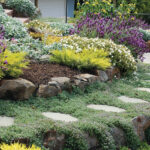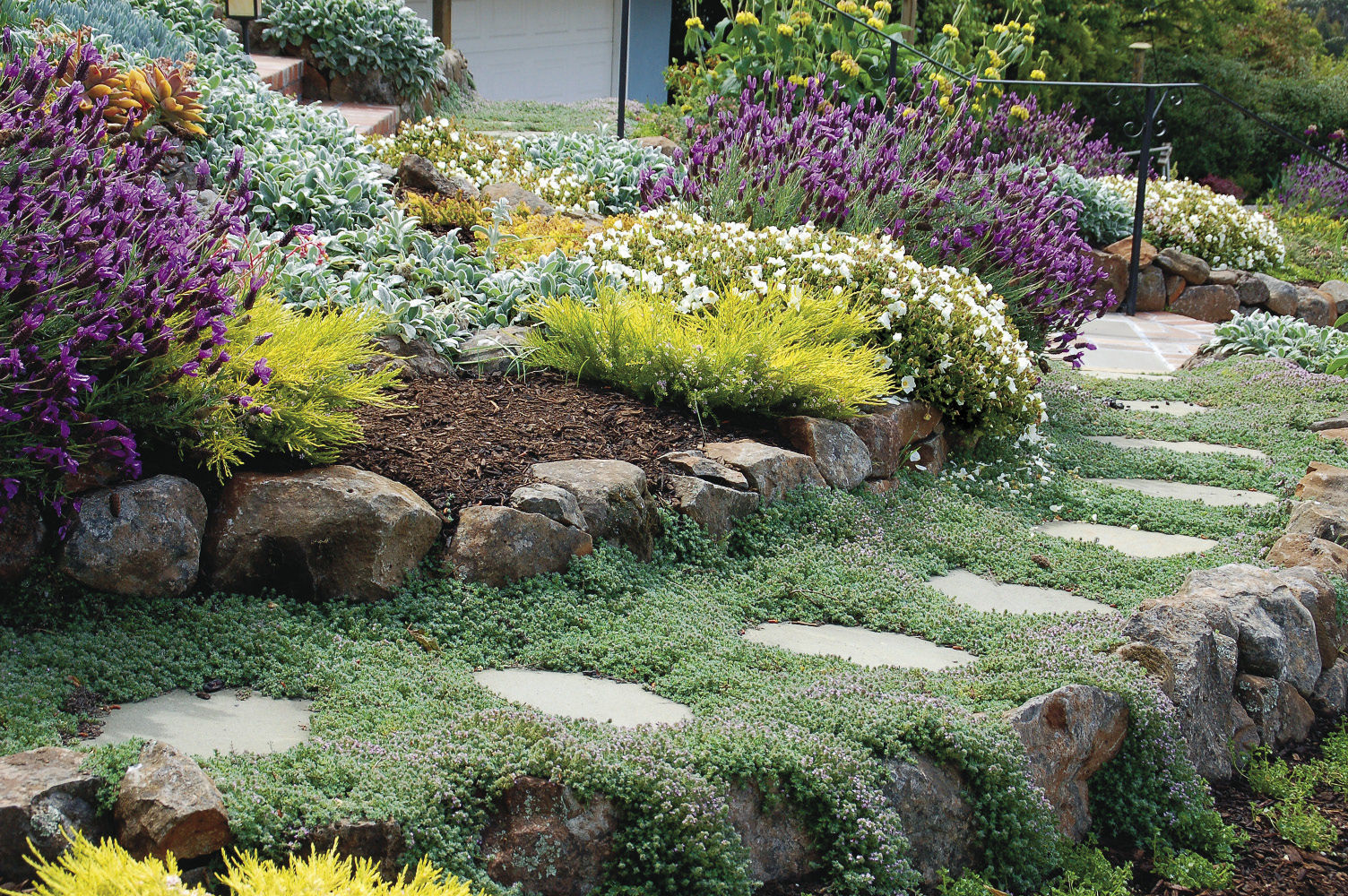Maintaining ground cover is crucial for a healthy and attractive garden. Ground cover not only enhances the aesthetic appeal of your landscape but also helps in preventing soil erosion, suppressing weeds, and conserving moisture. In this comprehensive guide, we will walk you through everything you need to know about maintaining ground cover effectively.
Types of Ground Cover
Grass Grass is a popular choice for ground cover due to its lush, green appearance and its ability to withstand foot traffic. However, it requires regular mowing, watering, and fertilizing to keep it looking its best.
When it comes to Grounds Maintenance Tamworth, professional services play a crucial role in ensuring that local landscapes, whether residential or commercial, are kept in pristine condition. These services include lawn care, garden upkeep, hedge trimming, and seasonal clean-ups, tailored to the unique climate and soil conditions of Tamworth.
Mulch Mulch is an excellent ground cover option that helps retain moisture, suppress weeds, and improve soil health. Organic mulches like wood chips, straw, and leaves decompose over time, adding nutrients to the soil.
Decorative Gravel Gravel is a low-maintenance ground cover that is perfect for areas with heavy foot traffic or where you want to create a specific look. It doesn’t require watering or fertilizing, making it an easy-care option.
Plants and Shrubs Low-growing plants and shrubs can provide excellent ground cover, adding texture and color to your garden. Popular choices include creeping thyme, ivy, and juniper.
Preparing the Soil
Soil Testing Before planting, it’s essential to test your soil to determine its pH and nutrient levels. This will help you choose the right plants and amendments to ensure a healthy ground cover.
Adding Compost and Fertilizer Incorporate compost and a balanced fertilizer into the soil to improve its structure and fertility. This will provide a strong foundation for your ground cover plants to thrive.
Planting Ground Cover
Choosing the Right Plants Select ground cover plants that are suitable for your climate, soil type, and the amount of sunlight your garden receives. Consider the plant’s growth habits and maintenance requirements.
Planting Techniques Follow proper planting techniques to give your ground cover plants the best start. Dig holes that are the right size for the plant’s root ball, and plant at the correct depth.
Spacing and Depth Space your plants according to their mature size to prevent overcrowding and ensure they have room to grow. Planting at the correct depth helps the plants establish strong roots.
Watering and Irrigation
Watering Schedule Establish a consistent watering schedule to keep your ground cover healthy. Most plants need about 1 inch of water per week, either from rainfall or irrigation.
Drip Irrigation Systems Consider installing a drip irrigation system to provide a steady supply of water directly to the plant roots, reducing water waste and promoting healthier growth.
Rainwater Harvesting Collect rainwater in barrels to use for watering your ground cover. This eco-friendly practice helps conserve water and provides your plants with natural, untreated water.
Weed Control
Mulching Apply a layer of mulch around your plants to suppress weeds and retain moisture. Organic mulches also improve soil health as they decompose.
Using Landscape Fabric Landscape fabric can be used under mulch or gravel to provide an extra barrier against weeds. Make sure to cut holes for your plants to grow through.
Manual Weeding Regularly inspect your ground cover and manually remove any weeds that appear. This prevents them from spreading and competing with your plants for resources.
Stay in touch to get more updates & news on The Home Action!









